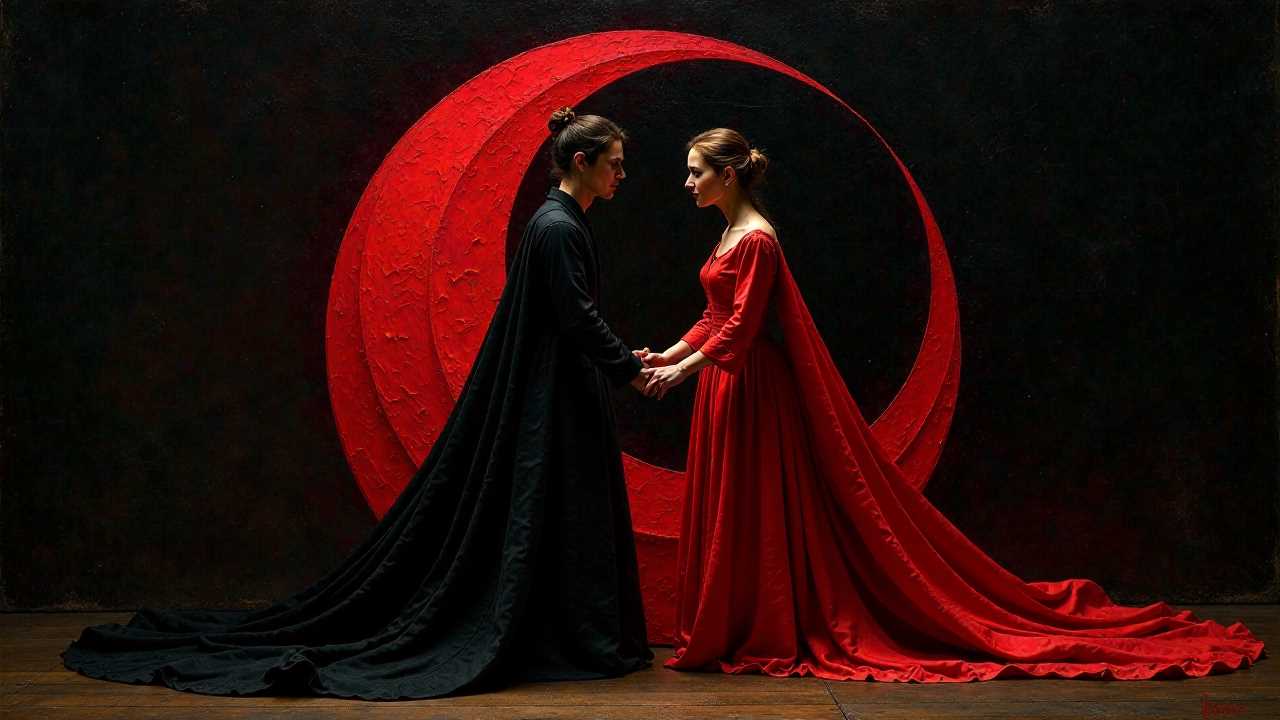
Understanding Chiaroscuro in Art
Chiaroscuro, an Italian term meaning "light-dark," is a technique that plays a pivotal role in the world of art. It involves the use of strong contrasts between light and dark to create a sense of volume and three-dimensionality. By mastering chiaroscuro, artists can effectively convey depth, texture, and form in their work. This technique has been employed by renowned artists throughout history, from Caravaggio to Rembrandt, showcasing its timeless relevance in the art world.
The Importance of Shading in Chiaroscuro
Shading is a fundamental component of chiaroscuro. It allows artists to depict the way light interacts with objects, creating a realistic representation of form. By varying the intensity and direction of shading, artists can suggest the curvature of surfaces and the spatial relationship between different elements in a composition.
To achieve effective shading, it is essential to understand the light source. Whether it is natural light streaming through a window or artificial light from a lamp, the direction and quality of light will dictate how shadows are cast. Artists should practice observing how light affects objects in their environment, noting the subtle gradations of tone that occur as light transitions from highlight to shadow.
Creating Contrast for Dramatic Effects
Contrast is another vital aspect of chiaroscuro. It enhances the visual impact of an artwork by juxtaposing light and dark areas. High contrast can evoke strong emotions and draw the viewer's attention to specific elements within the composition. For instance, a brightly lit figure against a dark background can create a striking focal point, guiding the viewer's gaze.
To effectively utilize contrast, artists should experiment with different values in their sketches. This involves using a range of pencils or charcoal to create varying degrees of darkness and lightness. By layering these values, artists can build depth and dimension in their work, making it more engaging and lifelike.
Utilizing Light to Define Form
Light is the essence of chiaroscuro. It not only illuminates objects but also defines their form. Understanding how light behaves is crucial for artists seeking to master this technique. Light can be soft and diffused or harsh and direct, each creating different effects on the subject.
When sketching, artists should pay close attention to how light interacts with surfaces. For example, a smooth surface will reflect light differently than a rough one. By observing these nuances, artists can replicate the effects of light in their drawings, enhancing the overall realism of their work.
Depth: The Key to Realism in Art
Depth is an essential element in creating a convincing composition. Chiaroscuro adds depth by establishing a sense of space and volume. Artists can achieve this by manipulating light and shadow to create the illusion of three dimensions on a two-dimensional surface.
One effective technique for creating depth is the use of overlapping forms. When one object partially obscures another, it creates a sense of spatial relationship. Coupled with chiaroscuro, this technique can produce a striking sense of depth, drawing the viewer into the artwork.
Texture: Adding Dimension to Your Sketches
Texture plays a significant role in the effectiveness of chiaroscuro. It enhances the tactile quality of an artwork, making it more engaging for the viewer. By incorporating texture into sketches, artists can create a more dynamic and visually interesting piece.
Different materials require different approaches to texture. For instance, the texture of fabric will differ from that of skin or metal. Artists should practice rendering various textures by observing real-life objects and experimenting with different techniques, such as cross-hatching or stippling, to achieve the desired effect.
Form: The Foundation of Chiaroscuro
Form is the underlying structure that supports the application of chiaroscuro. Understanding the basic forms—spheres, cubes, cylinders, and cones—allows artists to build more complex shapes. By breaking down objects into these fundamental forms, artists can better understand how light and shadow interact with them.
When sketching, it is beneficial to start with simple shapes before adding details. This approach helps establish a solid foundation for the artwork, ensuring that the application of chiaroscuro enhances rather than detracts from the overall composition.
Practical Tips for Mastering Chiaroscuro
1. Study the Masters: Analyze works by artists known for their use of chiaroscuro. Observe how they handle light, shadow, and contrast to create depth and texture.
2. Practice Regularly: Consistent practice is key to mastering any technique. Set aside time each day to sketch, focusing on different aspects of chiaroscuro.
3. Use Reference Images: Reference images can provide valuable insights into how light and shadow interact in various scenarios. Use them to inform your sketches and enhance your understanding of chiaroscuro.
4. Experiment with Different Mediums: Different drawing materials can yield varying results. Experiment with pencils, charcoal, and ink to find the medium that best suits your style and approach to chiaroscuro.
5. Seek Feedback: Share your work with peers or mentors to gain constructive feedback. This can help identify areas for improvement and refine your technique.
Mastering chiaroscuro is a journey that requires patience, practice, and a keen eye for detail. By focusing on shading, contrast, light, depth, texture, and form, artists can elevate their work to new heights. Embrace the challenge, and let the art of chiaroscuro transform your sketches into captivating visual narratives.
 Writing TipsCreative WritingJournalingSketching TechniquesBuying GuidesPrivacy PolicyTerms And Conditions
Writing TipsCreative WritingJournalingSketching TechniquesBuying GuidesPrivacy PolicyTerms And Conditions
